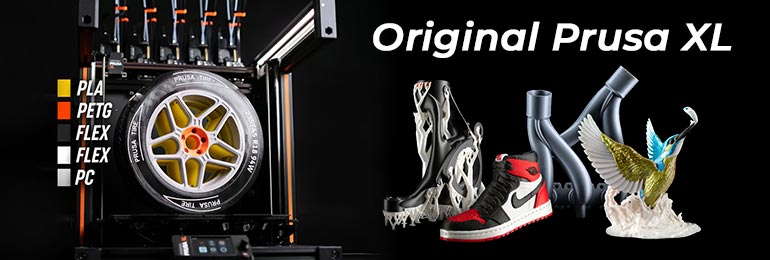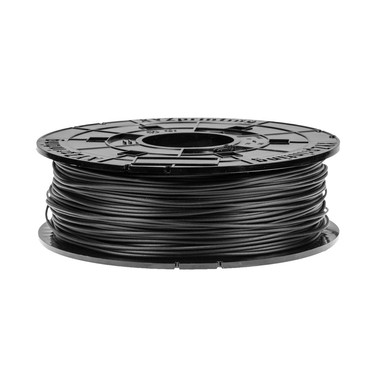Protoplant Carbon Fiber Composite HTPLA hellgrau 2.85mm 500g
hellgrau, dunkelgrau
50g lose oder 500g auf Spule / in 1.75mm und 2.85mm Durchmesser
- Hersteller: Protopasta
- Herstellernummer: HTP22805-CFL
- EAN: 0640970864037
- Artikelnummer: 35280
- Verfügbarkeit: ab Lager > Lieferzeit 1-3 Werktage
Finish
The embedded carbon content provides a matt finish with a noble shine, which makes the layer structure almost disappear at a layer height of 0.1 mm!
Hardware
Suitable for all PLA compatible printers that allow third-party filaments. A heated print bed is recommended but not required. The printer should be equipped with a nozzle suitable for abrasive material (e.g. stainless steel). Please also be aware of possible premature wear of pipe components such as Bowden tubes, drive wheels, nozzles and other components in the filament path. Information can be found in this blog post. This demonstrates the replacement and adjustment of nozzles on a Prusa MK3. Reduce nozzle wear by minimizing over-extrusion and filling.
printing
Approved and tested print settings are based on typical nozzle setpoints within a broad temperature range. At relatively low print speeds, HTPLA prints well at the low end of the recommended range. At higher speeds, higher temperatures than specified may be required for consistent extrusion. In some cases, oiling the filament makes the difference between success and failure.
post processing
Printed objects made from carbon fiber HTPLA can be reworked with a sharp blade to achieve a smooth finish. Experiment with weathering or other painting techniques for unique looks. Adhesion of bonded parts is significantly higher compared to non-carbon fiber filament. Carbon fiber HTPLA is designed to be heat treated (annealed or crystallized) for use at higher temperatures. Heat treatment creates a crystalline molecular structure that maintains stiffness even near the melting point. Shrinkage caused by crystallization should be pre-scaled in the slicer to compensate.
Material properties
- Basis
PLA - additive
10 wt. % high purity ground carbon fiber - Particle size
less than 150 microns (0.15 mm) - density
Ca. 1,30 g / cm³ - Length (500 g)
180 m (1,75 mm) und 68 m (2,85 mm)
Printer settings
- Nozzle temperature
205 °C - Heated bed
60 °C - speed
20-40 mm / s - Nozzle type
wear-resistant for longer use - Nozzle diameter
0.6 mm or more preferred















